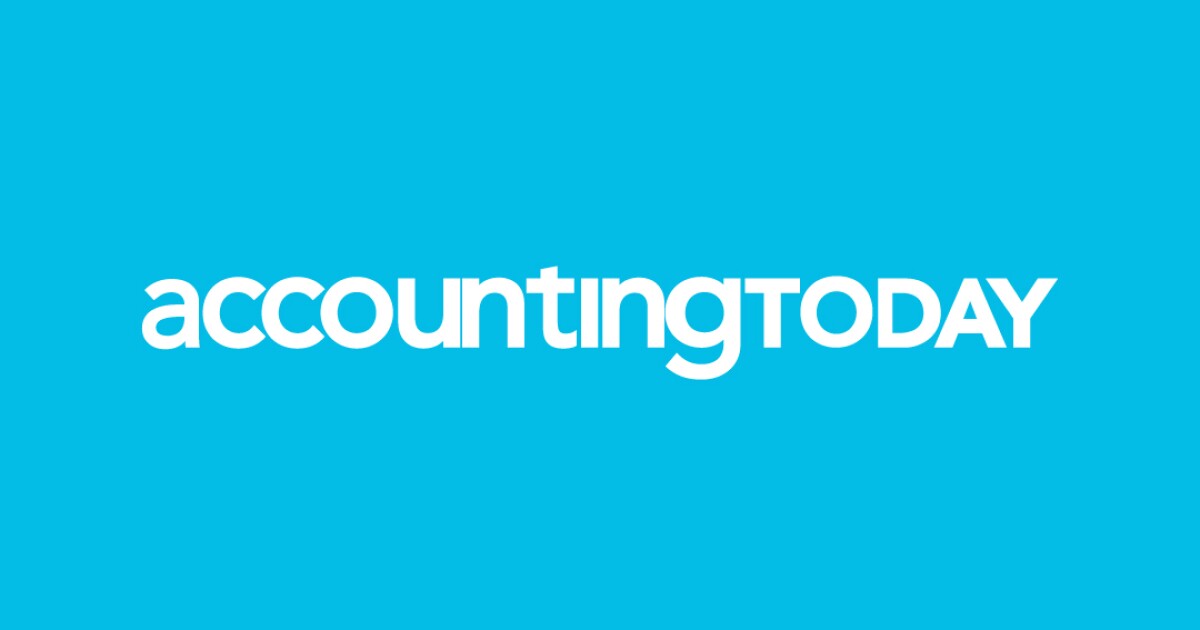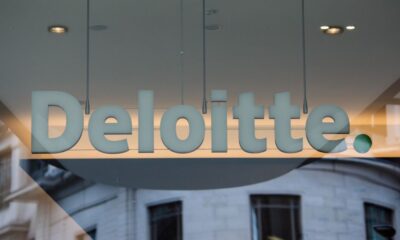If you’ve been in the profession long enough, you probably remember the sound of a binder snapping shut at the end of an audit. Maybe you had shelves lined with thick audit manuals, filled with sticky notes and highlighter ink. Or maybe you were among the early adopters who swapped filing cabinets for digital folders and cheered when you could cram an entire client file into a computer.
Audit has always been a profession steeped in precision and consistency, but when it comes to how we manage knowledge, the tools haven’t always kept up.
That’s starting to change in a big way.
A problem shared is not halved
Today’s audit environment is more complex than ever. Regulatory changes move quickly, clients expect more transparency, and the volume of documentation required keeps growing. But many firms are still managing this complexity with tools that haven’t evolved much since the early 2000s.
Audit manuals, policies, and procedure documents are often voluminous and unwieldy, traditionally maintained as extensive Microsoft Word files. This fragmentation can result in difficulty for audit teams to confirm whether they are working with the most current version of a document.
This isn’t just inefficient. It’s risky. When guidance is hard to find, auditors may rely on memory, outdated files, or even internet searches. Teams are relying on informal processes to keep up to date with the latest changes to regulations and standards. In an environment where accuracy and consistency are everything, that’s a problem.
AI and the temptation of the instant answer
Meanwhile, artificial intelligence is knocking on the profession’s door. Tools like ChatGPT and other generative AI systems are being used in work daily. They’re fast, persuasive, and surprisingly capable at generating comprehensive responses.
But they’re not perfect. Ask ChatGPT how to audit cash disbursements, and it might give you a decent answer, or it might make something up that sounds right, but is in fact false information. That’s called a “hallucination,” and in audit, it can have crucial consequences.
Still, it’s easy to see the appeal. When you’re up against a deadline, digging through a 300-page manual is no one’s first choice. If a tool promises a shortcut, even a risky one, people will use it, whether authorized to or not. And firms are keen to capitalize on the technology, with a KPMG report revealing 4 out of 10 companies are already reporting greater employee productivity and efficiency.
So the question isn’t whether AI will be part of the audit toolkit. It’s how we can make sure it actually helps instead of making things worse.
The real shift: from documents to data
The key to accurate and more efficient AI is integrating knowledge graphs. Knowledge graphs are machine-readable data representations that mimic human knowledge, and bridge the gap to a safer, more reliable GenAI. In accounting, knowledge graphs can model complex concepts (e.g., debits, credits, assets) so software can “understand” financial reports the way humans do. When a digital financial report has tagged the accounting concepts using a naming convention from a standard such as US GAAP/XBRL, a financial report becomes a truly machine-readable accounting object. This shift requires rethinking content management, from documents to data.
Furthermore, if that same naming convention is used in, for example, the tagging of external guidance materials such as FASB Codification, and the tagging of internal guidance such as audit manuals the knowledge graph automatically extends into all that material too. This strengthens AI’s capabilities by providing context that will help to produce better results via techniques such as RAG.
Some firms are beginning to rethink how audit knowledge is created, stored, and shared, not as static documents, but as structured, connected pieces of information. Instead of treating a manual as one long file, they’re breaking it into smaller, tagged components: procedures, policies, checklists, explanations. These can be reused, updated, and embedded directly into the tools auditors use every day.
A good analogy is the difference between having a printed map and using a GPS. The map is static. You must interpret it, cross-reference it, and hope it’s still current. The GPS, on the other hand, knows where you are, pulls in real-time data, and guides you step by step. That’s what audit content can become in a truly modern system.
Why it matters for the profession
This shift isn’t just about technology. It’s about strengthening trust in the audit process both for the auditors doing the work and the stakeholders relying on the results.
With a modular, data-driven approach, audit guidance becomes easier to maintain and faster to update. Changes to standards can be reflected instantly across all related materials. There’s a clear audit trail. Teams know they’re always working with the latest version. And when AI enters the picture, it’s working off a reliable foundation—not a patchwork of half-forgotten PDFs.
Even more importantly, this approach creates space for auditors to do what they’re trained to do: apply professional judgment. When guidance is clear, consistent, and easy to access less time is spent hunting for answers and more time is spent analyzing and advising.
Same role, new tech
It’s easy to forget how much the profession has already changed. At Propylon, we’ve worked with audit and accounting firms for over 25 years. We’ve gone from ticking boxes on paper to working in cloud-based platforms. From calculators to Excel. From literal files to digital ones.
But each of those shifts wasn’t just about efficiency; it was about unlocking new levels of insight and professionalism.
Today’s transformation is no different. As audit enters this next phase, the firms that thrive will be the ones who treat knowledge not as something to store, but as something to structure, connect, and use in smarter ways.
Audit has always been about getting the details right. But now, getting the process right may be just as important.


 Blog Post7 days ago
Blog Post7 days ago
 Economics1 week ago
Economics1 week ago
 Personal Finance1 week ago
Personal Finance1 week ago
 Personal Finance1 week ago
Personal Finance1 week ago
 Finance1 week ago
Finance1 week ago
 Finance1 week ago
Finance1 week ago
 Accounting1 week ago
Accounting1 week ago
 Economics1 week ago
Economics1 week ago












